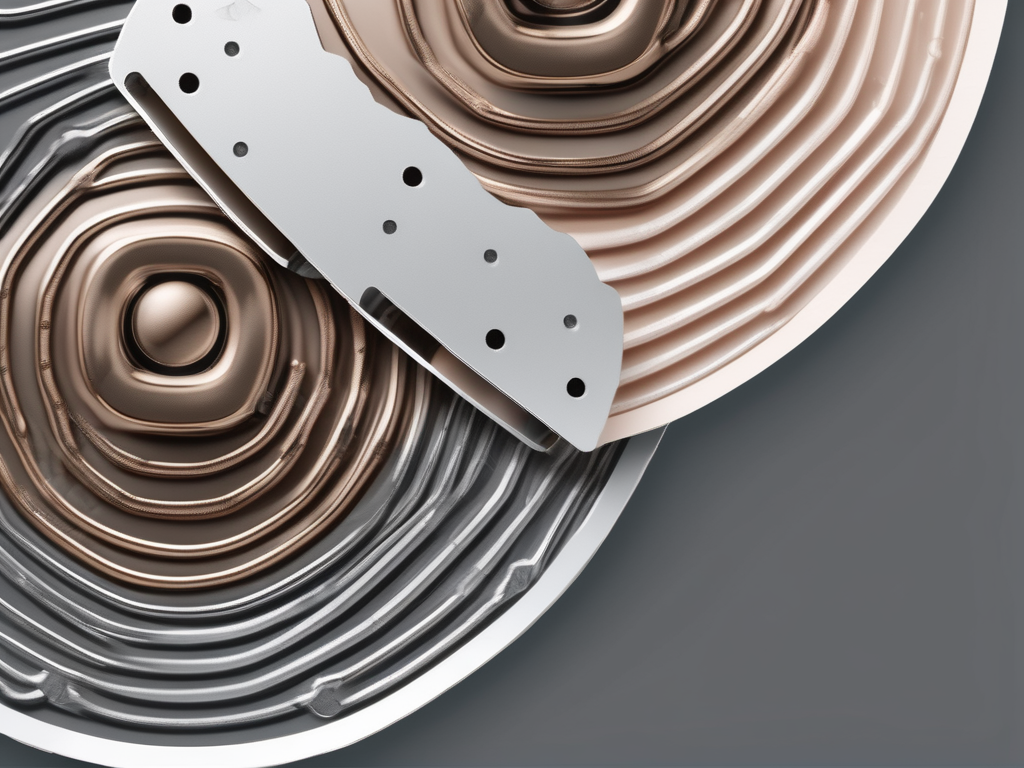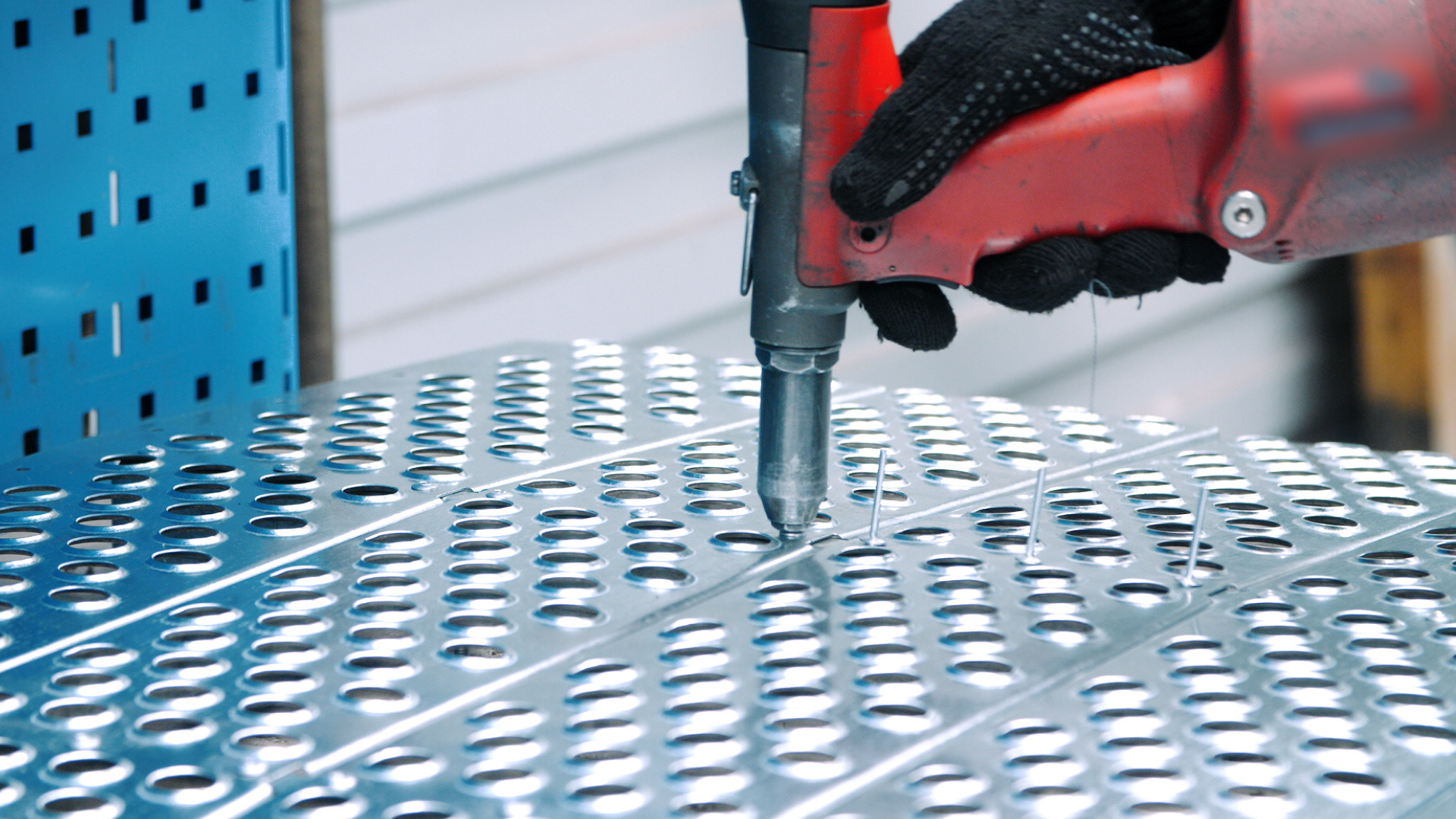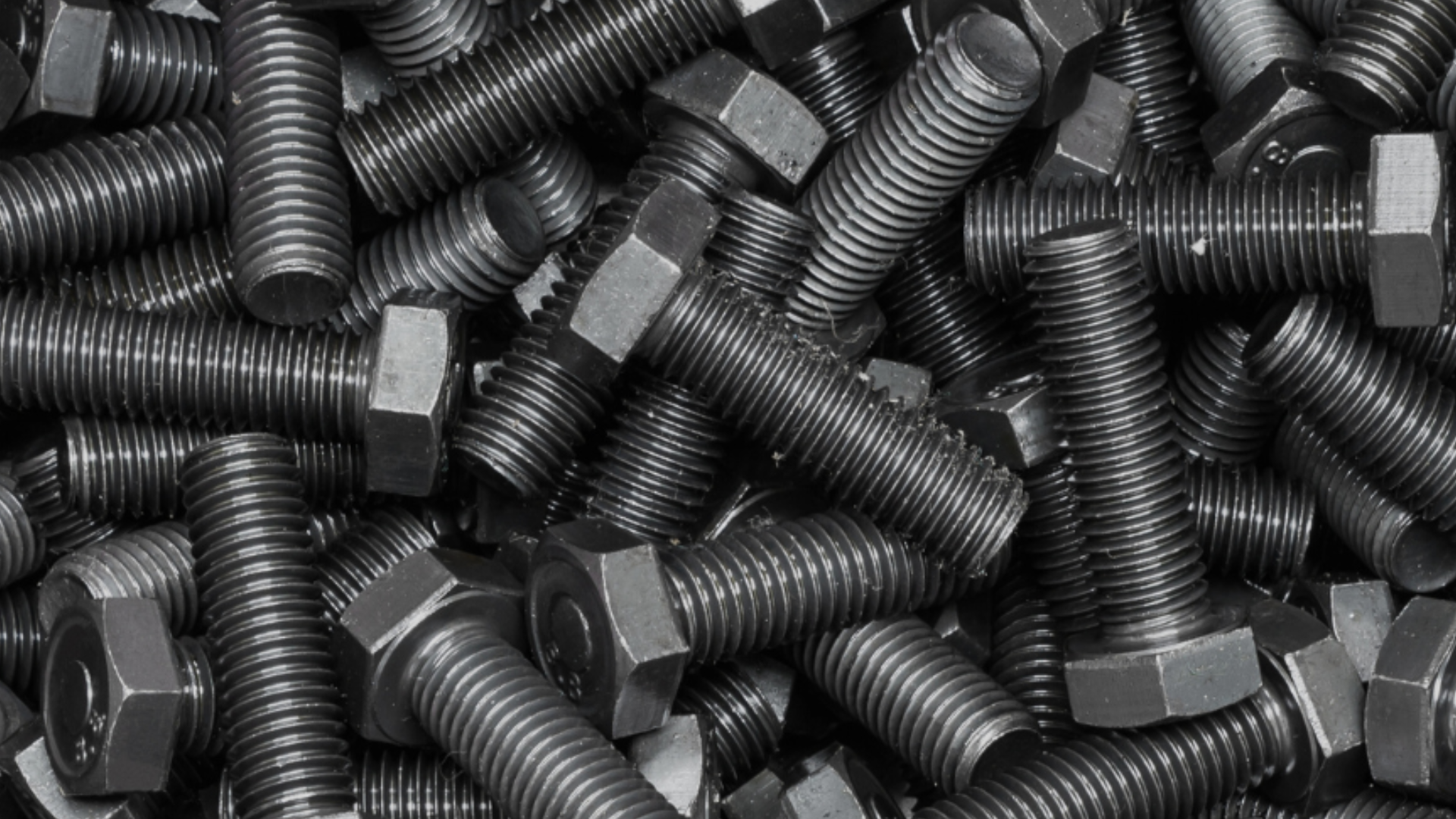The process of well rehabilitation is a complex and intricate one, involving a variety of specialized equipment and techniques. This article aims to provide a comprehensive glossary of the various types of equipment used in well rehabilitation, as well as an explanation of their functions and uses. This information is crucial for anyone involved in the water well industry, as understanding the tools of the trade is key to successful well rehabilitation.
Well rehabilitation is the process of restoring a water well to its original performance or better, often after it has been affected by a variety of issues such as biofouling, chemical encrustation, or physical plugging. This process requires a wide range of specialized equipment, each with its own specific purpose and function. This glossary will provide detailed explanations of each piece of equipment, aiding in the understanding and application of these tools in the field.
Table of Contents
Well Rehabilitation Equipment
The equipment used in well rehabilitation can be broadly categorized into several types, each with its own specific function and purpose. These categories include cleaning equipment, inspection equipment, and repair equipment. Each category contains several types of tools and machines, all designed to perform specific tasks in the well rehabilitation process.
Understanding the function and use of each piece of equipment is crucial for anyone involved in well rehabilitation. Not only does it ensure the correct tool is used for each task, but it also promotes safety and efficiency in the workplace. This section will delve into each category of equipment, providing a detailed explanation of the various tools and machines used in well rehabilitation.
Cleaning Equipment
Cleaning equipment is used to remove any blockages or obstructions in the well, such as biofouling or chemical encrustation. This category includes tools such as brushes, bailers, and jetting tools. Brushes are used to scrub the inside of the well, removing any build-up or deposits. Bailers are used to remove loose debris from the well, while jetting tools use high-pressure water to dislodge and remove obstructions.
Each of these tools plays a crucial role in the cleaning process, ensuring the well is free from any obstructions that could affect its performance. Understanding the function and use of each tool is key to successful well rehabilitation, as it ensures the correct tool is used for each task, promoting efficiency and safety in the workplace.
Inspection Equipment
Inspection equipment is used to assess the condition of the well, identifying any issues or areas of concern. This category includes tools such as cameras, probes, and logging tools. Cameras are used to visually inspect the inside of the well, providing a clear view of any issues or obstructions. Probes are used to measure various parameters within the well, such as temperature, pressure, and pH, while logging tools record this data for later analysis.
Each of these tools plays a crucial role in the inspection process, providing valuable information about the condition of the well. Understanding the function and use of each tool is key to successful well rehabilitation, as it allows for accurate assessment and diagnosis of any issues, guiding the rehabilitation process and ensuring the best possible outcome.
Repair Equipment
Repair equipment is used to fix any issues or damage in the well, restoring it to its original performance or better. This category includes tools such as patching tools, casing repair tools, and grouting tools. Patching tools are used to repair any holes or cracks in the well casing, while casing repair tools are used to replace damaged sections of the casing. Grouting tools are used to seal the well, preventing any contaminants from entering and affecting the water quality.
Each of these tools plays a crucial role in the repair process, ensuring the well is restored to its original performance or better. Understanding the function and use of each tool is key to successful well rehabilitation, as it ensures the correct tool is used for each task, promoting efficiency and safety in the workplace.
Well Rehabilitation Techniques
Well rehabilitation involves a variety of techniques, each designed to address specific issues or problems in the well. These techniques include mechanical cleaning, chemical cleaning, and physical repair. Each technique requires the use of specific equipment, and understanding the function and use of this equipment is crucial for successful well rehabilitation.
This section will delve into each technique, providing a detailed explanation of the process and the equipment used. This information is crucial for anyone involved in well rehabilitation, as it provides a clear understanding of the methods and tools used in the process, promoting efficiency and safety in the workplace.
Mechanical Cleaning
Mechanical cleaning involves the use of physical tools to remove any blockages or obstructions in the well. This includes the use of brushes, bailers, and jetting tools, each designed to dislodge and remove any build-up or deposits in the well. This technique is often the first step in the rehabilitation process, as it clears the way for further inspection and repair.
Understanding the function and use of each tool is crucial for successful mechanical cleaning. Not only does it ensure the correct tool is used for each task, but it also promotes safety and efficiency in the workplace. This section will provide a detailed explanation of each tool, aiding in the understanding and application of these tools in the field.
Chemical Cleaning
Chemical cleaning involves the use of specific chemicals to dissolve any blockages or obstructions in the well. This includes the use of acids, bases, and solvents, each designed to react with specific substances and break them down. This technique is often used in conjunction with mechanical cleaning, as it helps to remove any remaining deposits or build-up in the well.
Understanding the function and use of each chemical is crucial for successful chemical cleaning. Not only does it ensure the correct chemical is used for each task, but it also promotes safety and efficiency in the workplace. This section will provide a detailed explanation of each chemical, aiding in the understanding and application of these chemicals in the field.
Physical Repair
Physical repair involves the use of specific tools to fix any issues or damage in the well. This includes the use of patching tools, casing repair tools, and grouting tools, each designed to repair or replace damaged sections of the well. This technique is often the final step in the rehabilitation process, as it restores the well to its original performance or better.
Understanding the function and use of each tool is crucial for successful physical repair. Not only does it ensure the correct tool is used for each task, but it also promotes safety and efficiency in the workplace. This section will provide a detailed explanation of each tool, aiding in the understanding and application of these tools in the field.
Conclusion
Well rehabilitation is a complex and intricate process, requiring a wide range of specialized equipment and techniques. This glossary provides a comprehensive overview of the various types of equipment used in well rehabilitation, as well as an explanation of their functions and uses. Understanding the tools of the trade is key to successful well rehabilitation, promoting efficiency and safety in the workplace.
Whether you’re a seasoned professional or a newcomer to the industry, this glossary serves as a valuable resource, aiding in the understanding and application of the various tools and techniques used in well rehabilitation. By providing detailed explanations of each piece of equipment, this glossary promotes a clear understanding of the well rehabilitation process, guiding professionals in their work and ensuring the best possible outcome for each well.



